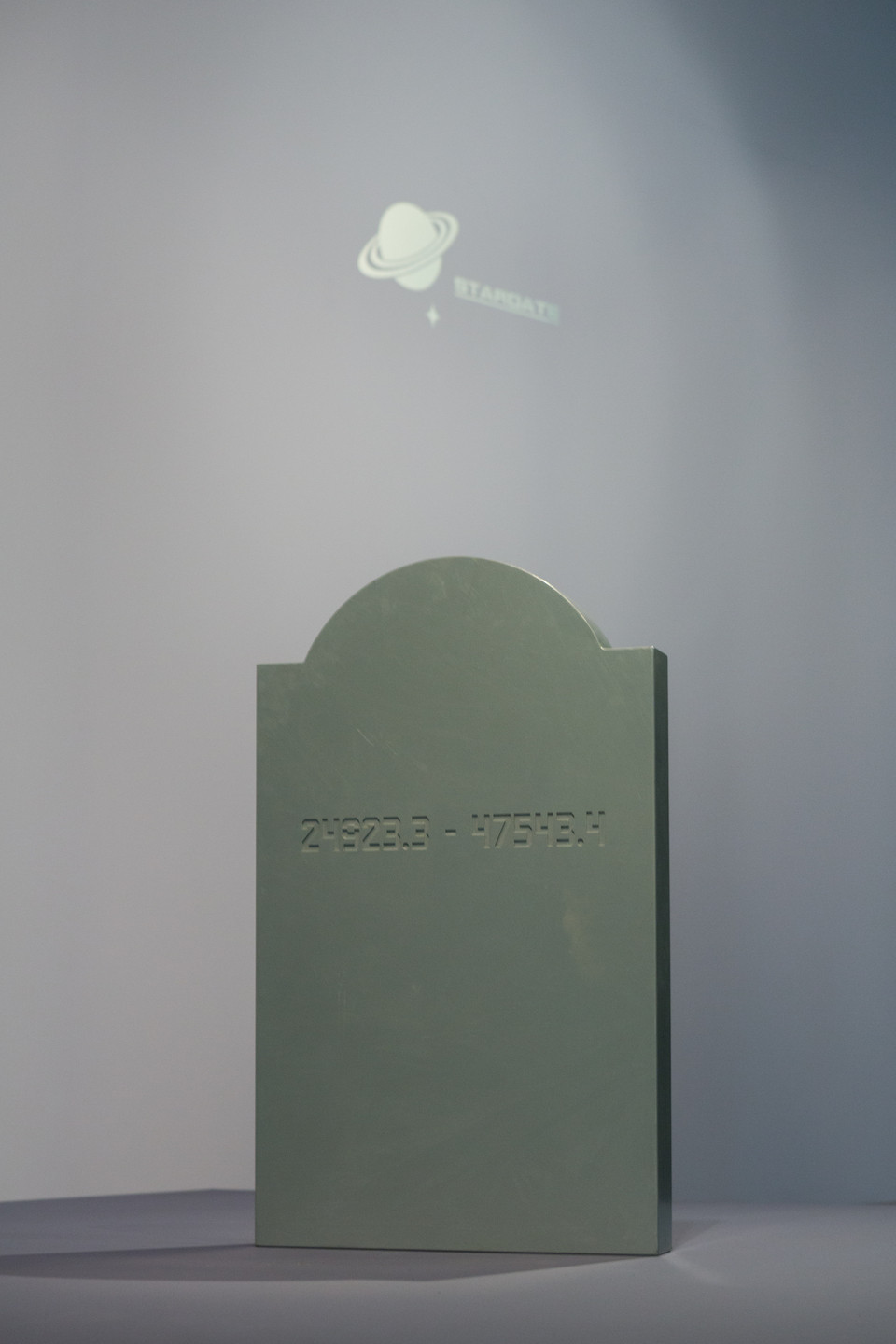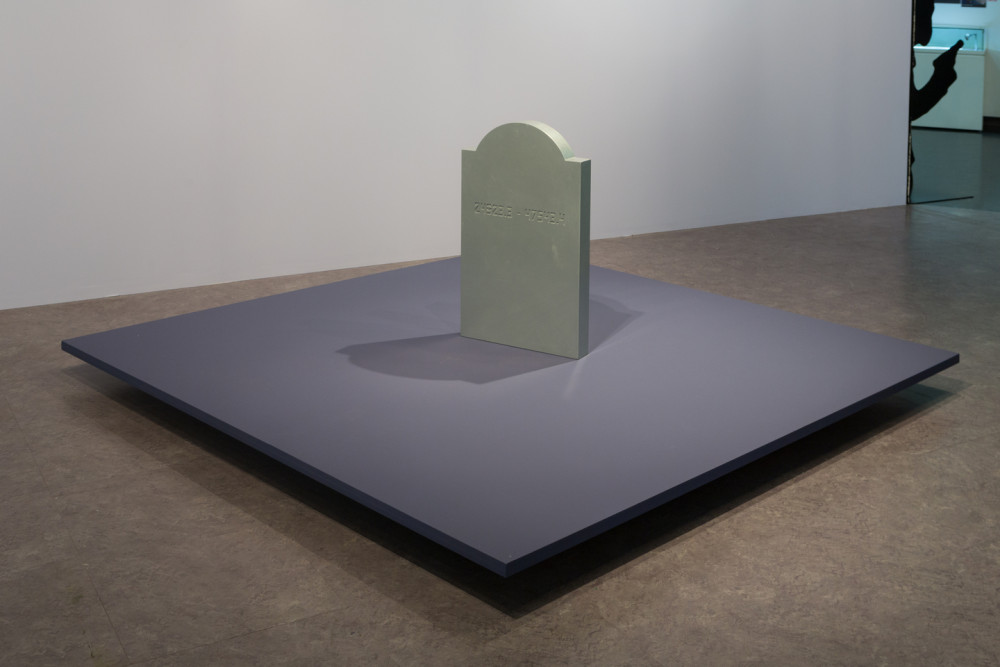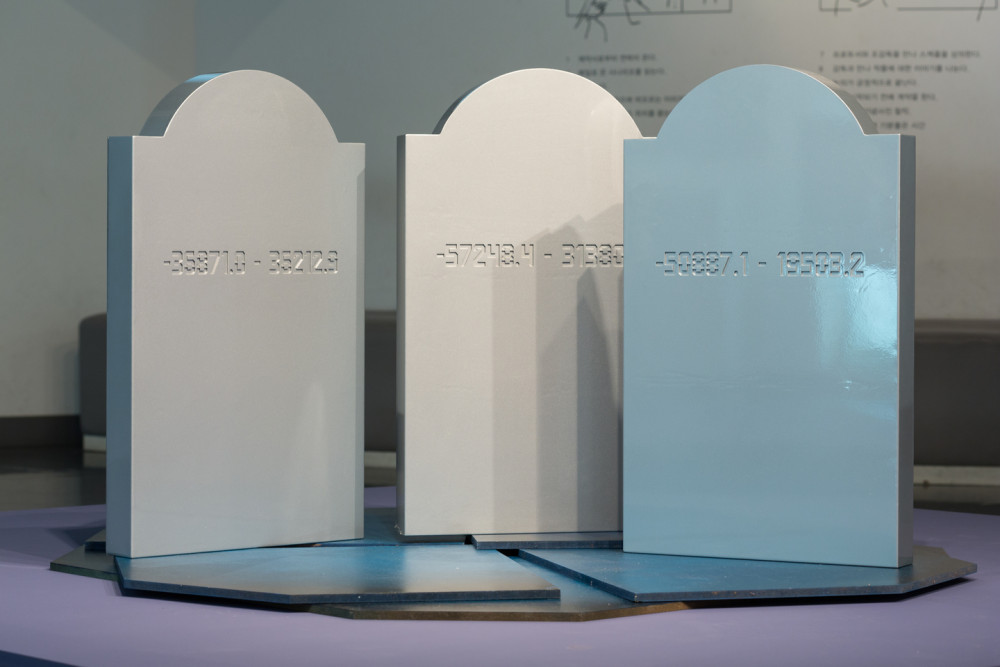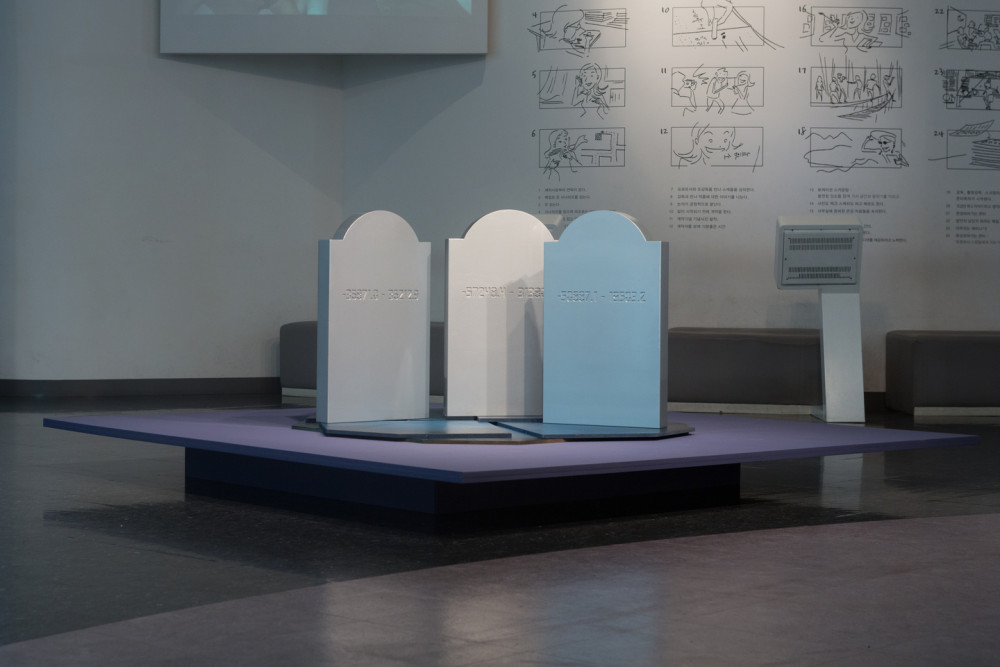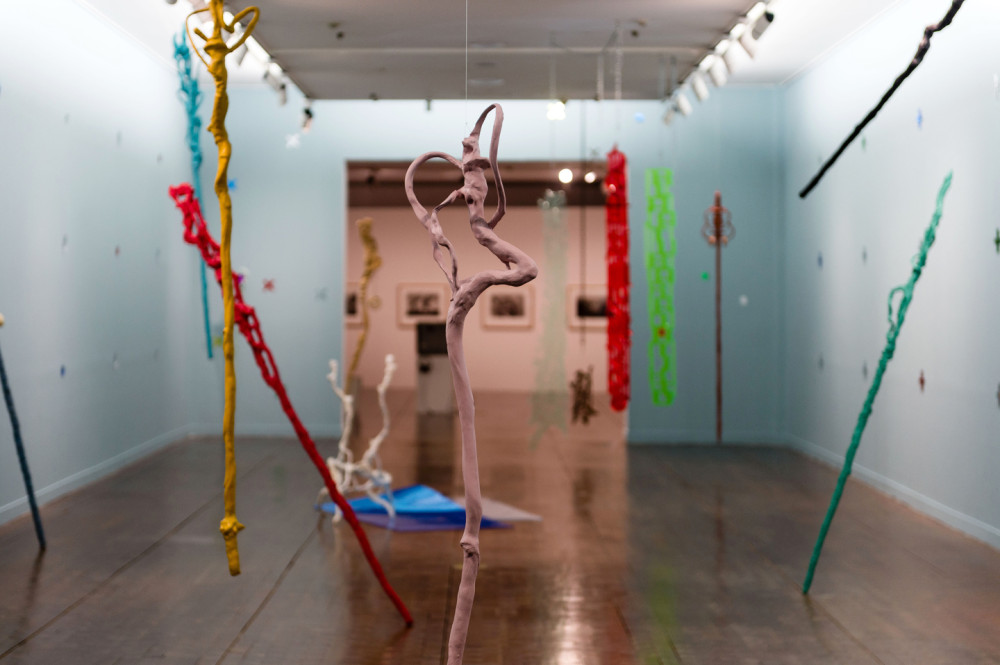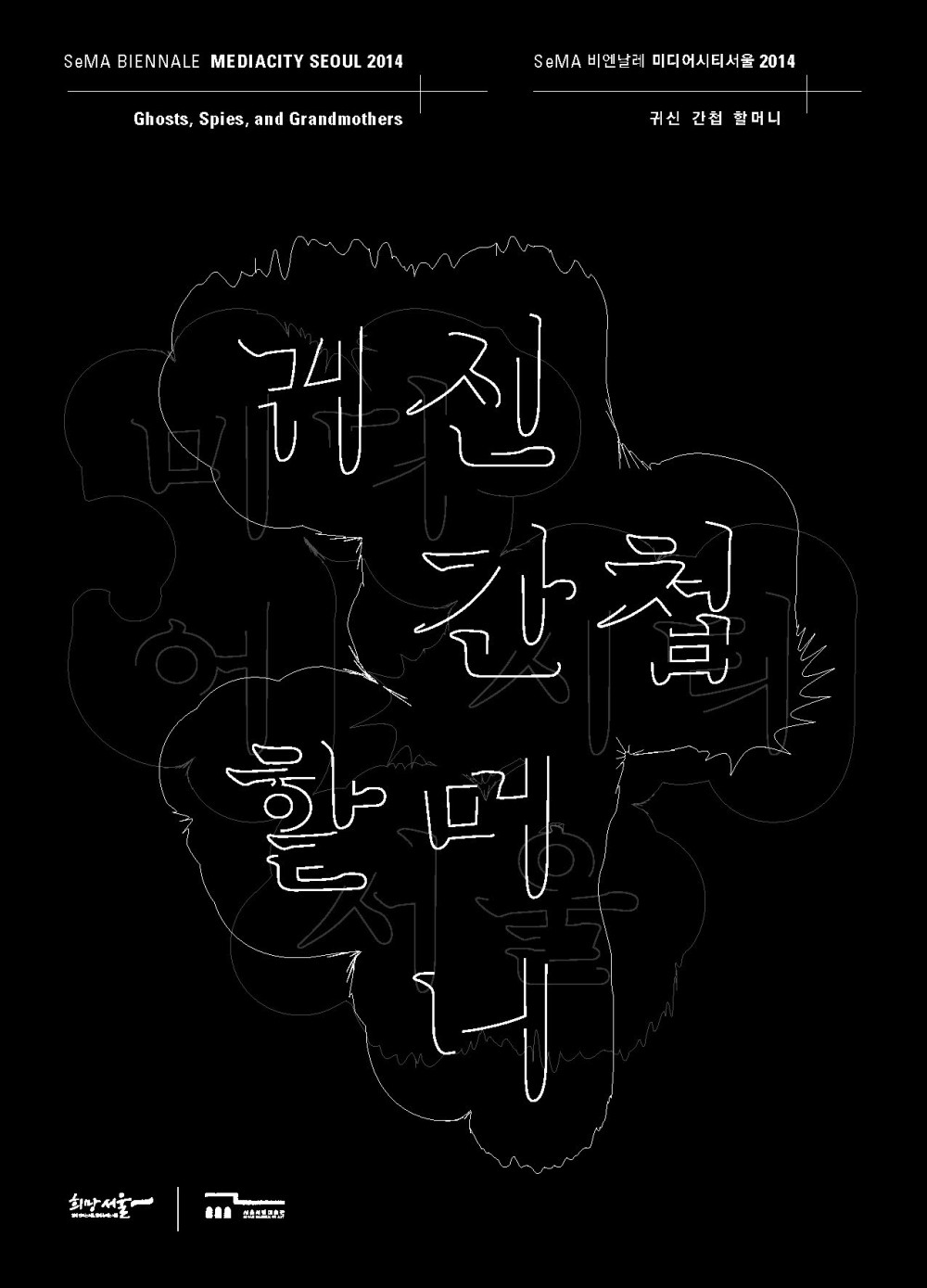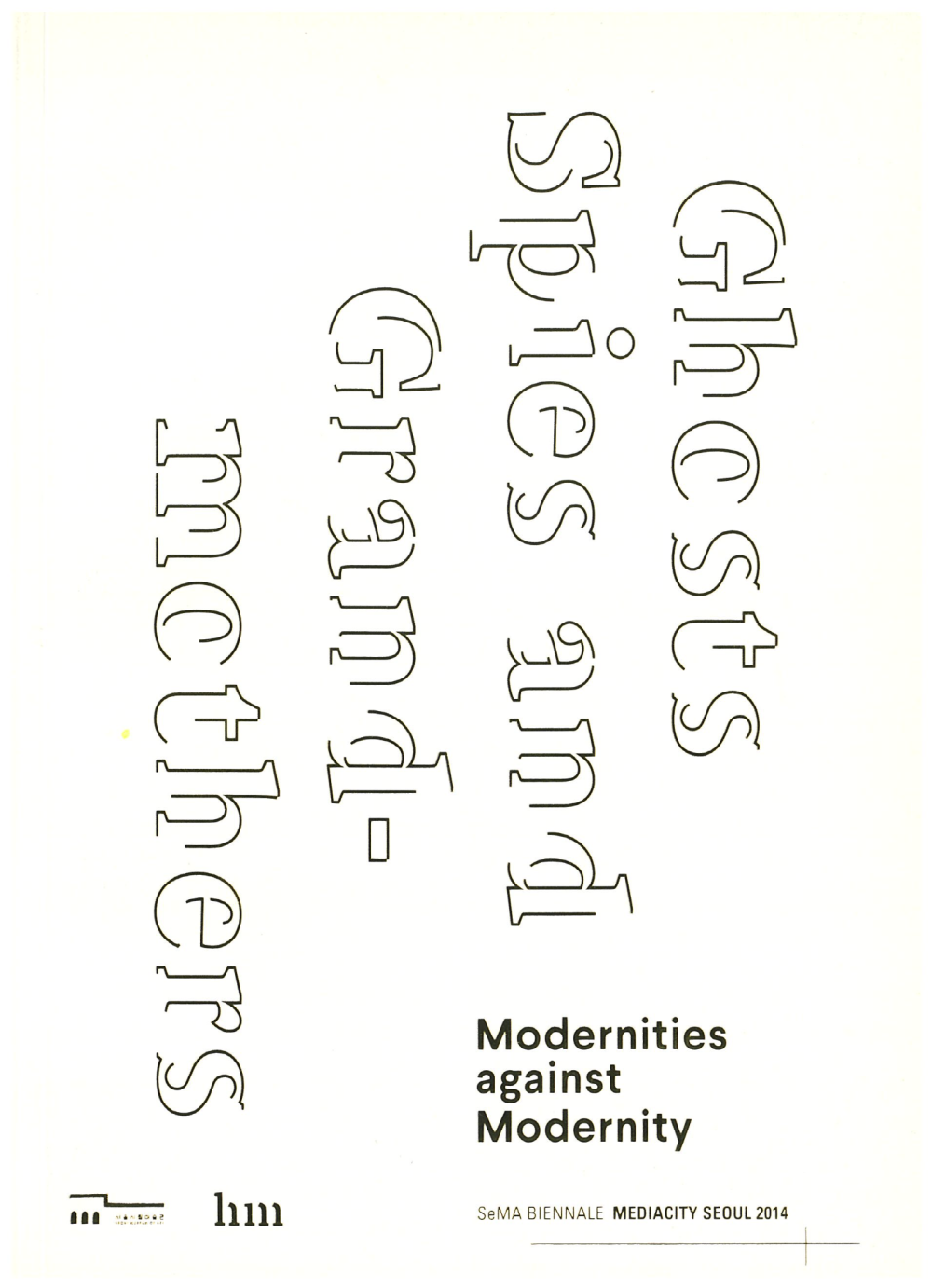
The Stardate series appropriates the cosmological concept of time measurement developed for the well-known television space opera series, “Star Trek.” Internet users can operate a specific program to change the Gregorian calendar that we normally use to the stardate. So far, the artist has produced three versions of Stardate. In Stardate s#.01_Stardate, he inscribed the date of his mother’s death. Stardate s#.02_Partisan shows the birth and death dates of a girl’s grandfather who used to be a Partisan. Since she does not know the exact dates, however, she proposed the dates at her discretion based on her memories: the time when she first heard about grandfather from her dad, and the time when she first encountered the family shrine built somewhere. Stardate s#.03_Three Men Questioning Time is based on a fictional situation in which the greatest comedians in the film history, Charlie Chaplin, Buster Keaton and Jacques Tati are reincarnated in hell by the sci-fi time of stardate. Here, the three men are at once the three variations of the filmic version of Ksitigarbha Bodhisattva, who took a vow that he would not enter Nirvana before he saved all mankind from hell, and the Taoist hermits of film history who are vying for age. This is also an interpretation of the Chinese traditional tale of “Three Men Questioning Time” and the illustrations of the story painted by diverse artists including Jang Seung-eop of the late Joseon Dynasty in Korea. [Rho Jae Oon]
Stardate s#.02_Partisan, 2009. laser engraved numbers on a steel plate, color coat. 45 × 75× 7 cm. Courtesy of the artist
Stardate s#.03_Three Men Questioning Time, 2009. laser engraved numbers on a steel plate, color coat. 45 × 75× 7 cm. Courtesy of the artist. Courtesy of Seoul Museum of Art

